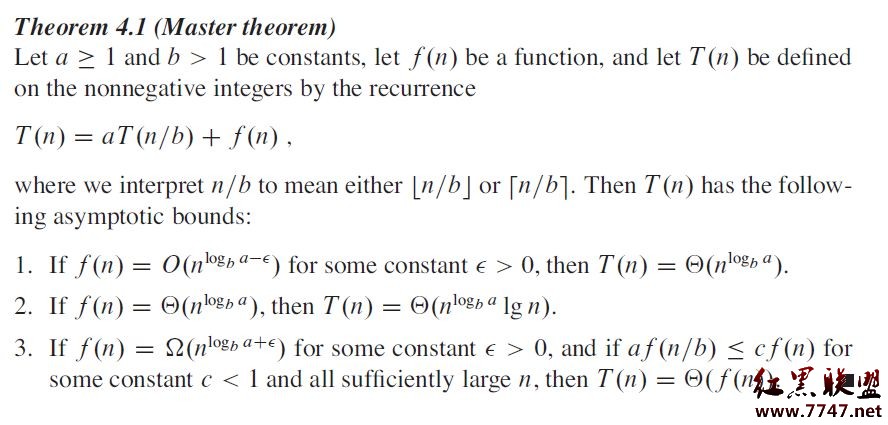poj 1088 滑雪
Description
Michael喜欢滑雪百这并不奇怪, 因为滑雪的确很易做图。可是为了获得速度,滑的区域必须向下倾斜,而且当你滑到坡底,你不得不再次走上坡或者等待升降机来载你。Michael想知道载一个区域中最长底滑坡。区域由一个二维数组给出。数组的每个数字代表点的高度。下面是一个例子
1 2 3 4 5
16 17 18 19 6
15 24 25 20 7
14 23 22 21 8
13 12 11 10 9
一个人可以从某个点滑向上下左右相邻四个点之一,当且仅当高度减小。在上面的例子中,一条可滑行的滑坡为24-17-16-1。当然25-24-23-...-3-2-1更长。事实上,这是最长的一条。
Input
输入的第一行表示区域的行数R和列数C(1 <= R,C <= 100)。下面是R行,每行有C个整数,代表高度h,0<=h<=10000。
Output
输出最长区域的长度。
Sample Input
5 5
1 2 3 4 5
16 17 18 19 6
15 24 25 20 7
14 23 22 21 8
13 12 11 10 9
Sample Output
25记忆化搜索,其实和DP是一个道理
#include<iostream>
#include<stdio.h>
using namespace std ;
int n, m,re,minn,minnx,minny;
int dir[4][2]={{1,0},{-1,0},{0,1},{0,-1}},map[105][105],dis[105][105],front;
int fun(int a)
{
if(a<0)
return -a;
return a;
}
int dfs(int i,int j,int step)
{
if(dis[i][j]!=-1)
{
if(step+dis[i][j]>re)
re=step+dis[i][j];
if(step+dis[i][j]>front)
front=step+dis[i][j];
return step+dis[i][j];
}
bool zhe=true;
int d,x,y;
for(d=0;d<4;d++)
{
x=i+dir[d][0];
y=j+dir[d][1];
if((x>=0)&&(x<n)&&(y>=0)&&(y<m)&&map[x][y]<map[i][j])
{
dfs(x,y,step+1);
zhe=false;
}
}
if(zhe)
{
if(step>front)
front=step;
if(step>re)
re=step;
if(re<step)
{
re=step;
}
}
return step;
}
int main ()
{
int i,j;
while(scanf("%d%d",&n,&m)!=EOF)
{
minn=0x4f4f4f4f;
for(i=0;i<n;i++)
for(j=0;j<m;j++)
{
scanf("%d",&map[i][j]);
if(map[i][j]<minn)
{
minn=map[i][j];
minnx=i;
minny=j;
}
dis[i][j]=-1;
}
re=-1;
for(i=0;i<n;i++)
for(j=0;j<m;j++)
{
front=-1;
int k=dfs(i,j,0);
// printf("%d dfs%d \n",front,re);
if(front!=-1)
dis[i][j]=front;
}
printf("%d\n",re+1);
}
return 0;
}
补充:软件开发 , C++ ,




